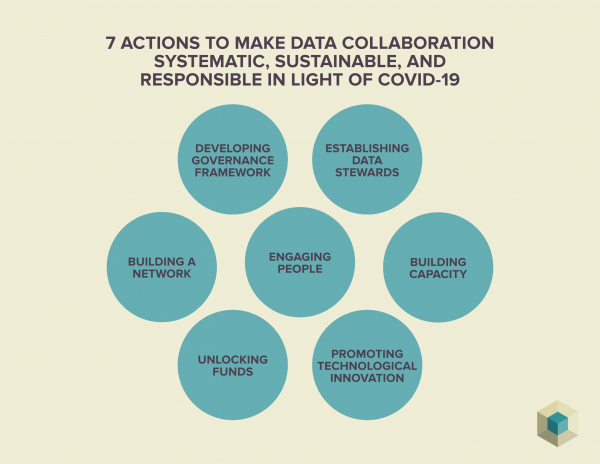Gian Volpicelli at Wired: “Something was wrong with Malaysia’s internet. It was March 13, and the more Simon Angus looked at the data, the more he suspected that the country might be in the midst of a coronavirus crisis.
Angus is an academic at Monash University and the cofounder of Kaspr Datahaus, a Melbourne-based company that analyses the quality of global internet connection to glean economic and social insights. The company monitors millions of internet-connected devices to gauge internet speed across the world. For them, a sudden deterioration in a country’s internet speed means that something is putting the network under strain. In recent weeks Kaspr’s theory is that the “something” is linked to the Covid-19 epidemics – as people who are working from home, or quarantining, or staying home as a precaution start using the internet more intensely than usual.
“For people who are in lockdown, or in panic mode, or in self-isolation, the internet has become a fundamentally important part of their information source, and of their consumption of entertainment,” Angus says.
To put it bluntly, when millions more turn on Netflix, scroll through TikTok, start a Zoom call, play Fortnite, or simply scroll idly through Twitter, that has repercussions on the quality of the country’s internet. (That is why EU commissioner Thierry Breton asked Netflix to restrict high-definition streaming until the emergency is over.)
Now, Angus’ scanning had detected that Malaysia’s internet had become over five percent slower in the March 12 to 13 timespan—worse even than in locked-down Italy. Officially, though, Malaysia had only 129 confirmed coronavirus cases—a relatively low number, although it had been inching up for a week.
What was happening, though, was that the population was cottoning on to the government’s sloppy handling of the pandemic. In late February, in what would turn out to be a monumental blunder, authorities had allowed a religious mass gathering to go ahead in Kuala Lumpur. Once Covid-19 cases linked to the event started to emerge, the government scrambled to find all the attendees, but got the numbers wrong—first saying that only 5,000 people at the gathering were Malaysia residents, then updating the figure to 10,000 and then 14,500. With the mess laid bare, many Malaysians seemed to have decided to stay at home out of sheer self-preservation…(More)”.


